Coffee culture | what coffee producing areas are there in Ethiopia?

Professional coffee knowledge exchange more coffee bean information please follow the coffee workshop (Wechat official account cafe_style)
Ethiopia is divided into east and west half walls by the East African Rift Valley, and each evolves.
The producing areas to the west of the Great Rift Valley include Tana Lake Zigg, Kinby, Lekanti, Iruba, Lime, and Jinma, Penga, Ironhide and Bekaa of the Kafa Forest. The eastern half of the production area includes the more famous Hara, Sidamo and Yega Xuefei.
We used to divide Ethiopia into nine producing areas: Jinma, Sidamo, Yega Sheffield, Harald, Lim, Iruba Baba, Gimbi (Lekanti), Ironhide and Bekaa. Ziggy of Lake Tana is not listed as one of the nine main producing areas! Among the nine major producing areas, Yega Xuefei, Sidamo, Lim and Hara are boutique producing areas; the other producing areas are Volkswagen commercial bean producing areas.
Yejia Xuefei
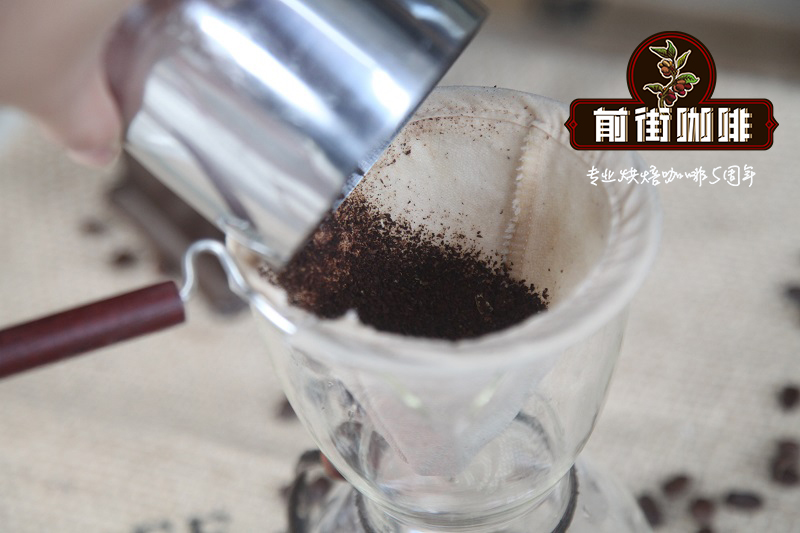
Yirga cheffe is a small town in Ethiopia, 1700-2100 meters above sea level, and it is also synonymous with Ethiopian boutique coffee. Since ancient times, it is a wetland. The ancient saying "Yega" yirga means "settle down", and "Xuefei" cheffe means "wetland". Therefore, Yejasuefi means "Let's settle down in this wetland".
Yejia Chuefei is actually constructed by surrounding coffee communities or cooperatives, including Edido Idido, Hafusa Harfusa, Hama Hama and Biloya near Fog Valley Misty valley, all washed with water, but there are also a small number of off-product beans engraved with sun to enhance the charming fruit aroma and mellow thickness. These mountain villages are foggy, like spring all year round, with a gentle breeze in summer, cool but not hot, rain but not damp, and no cold damage in winter, giving birth to a unique regional flavor of citrus and flowers. Coffee trees are mostly planted in farmers' own backyard or mixed with other crops in the field, the yield per household is not much, it is a typical rural coffee. Yega Xuefei won the prize beans almost from the above-mentioned coffee villages and communities.
Sidamo
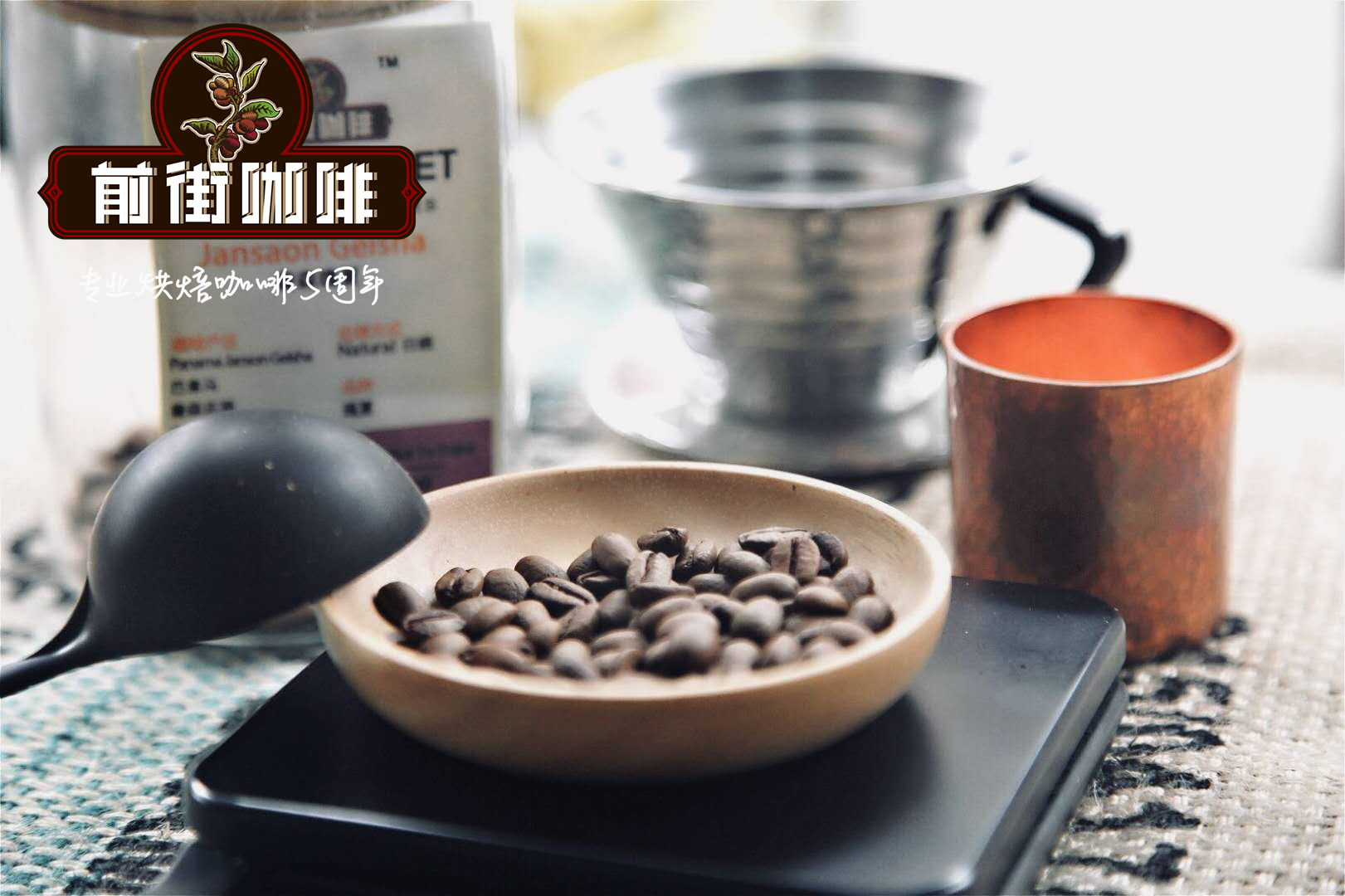
Sidamo grows in the southernmost Ethiopian plateau at an altitude of 4600-7200 feet (Sidamo province). It is a famous boutique coffee area in southern Ethiopia, bordering Kenya, southeast of Gemma, just south of the capital, usually sweet and loved by most people. its annual output is about 225000 bags / 60kg, with a smaller bean body than Longberry, with gray in the green, and a sun drying site in Sidamo. Coffee is placed in hemp net wooden frame, workers take turns in the sun exposure, manual stirring coffee, sun Sidamo is usually marked with G4 exit, washing Sidamo because the treatment process is more perfect, so most of them are exported at G2 level.
Sidamo Coffee beans are grayish, thick in some places and small in others, with soft and strong acidity, mellow and sweet and spicy. It is one of the courtyard coffees in the highlands of southern Ethiopia. Unlike ordinary African coffee, Sidamo has clear acidity, smooth taste and delicate floral smell.
Lim.
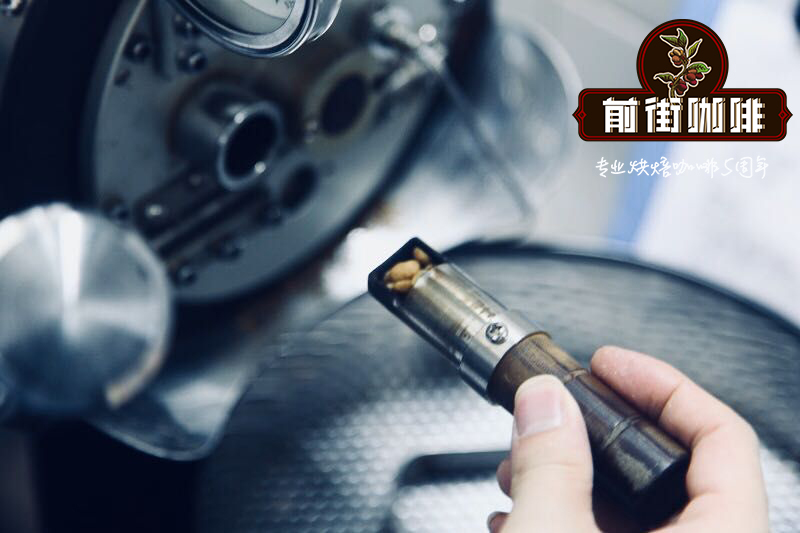
Limu Coffee coffee is famous for its aroma and wine taste (spicy and Winnie flavor) and is very popular in Europe and the United States. The acidity and alcohol thickness are good, and the water-washed lim coffee is also the favorite of fine coffee. The bean shape is medium, greenish blue, mostly round.
Harald
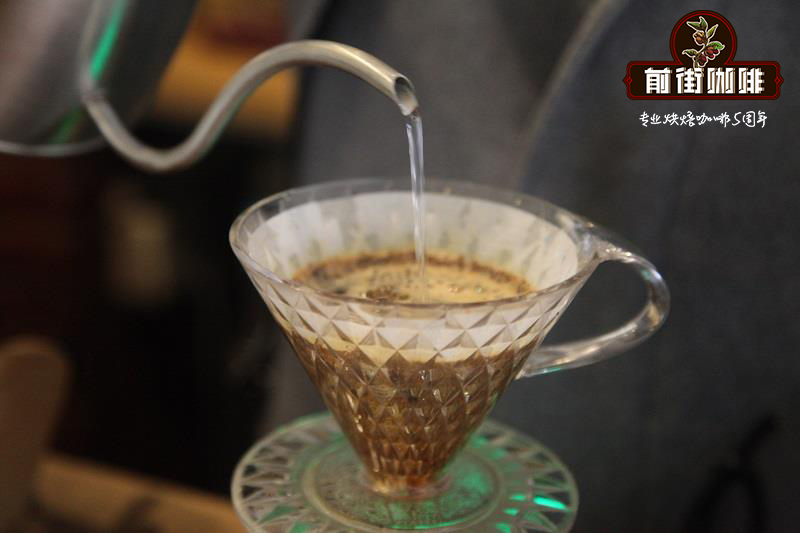
1500 m-2400 m above sea level. The annual rainfall in Harald is only 1000 mm, which is drier and cooler than the forests of Sidamo and Kafa, almost all of which are treated by the sun. In recent years, there are occasionally washed Hara, which is very precious! Hara Coffee is famous for its miscellaneous fragrance and is typical of ancient morning flavor.
Harald, a name that reflects the rise and fall of Ethiopia; Harald Coffee, known as "coffee in the wilderness", is more like a beautiful legend.
Important Notice :
前街咖啡 FrontStreet Coffee has moved to new addredd:
FrontStreet Coffee Address: 315,Donghua East Road,GuangZhou
Tel:020 38364473
- Prev
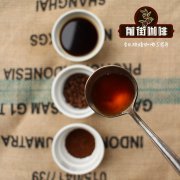
What is the grading and quality control system of Ethiopian coffee?
Professional coffee knowledge exchange more coffee bean information please follow the coffee workshop (Wechat official account cafe_style) in Ethiopia, coffee grading and quality control system is divided into producer, regional and national levels. All coffee is inspected by local inspection agencies before leaving the country of origin, and then re-inspected at the coffee inspection and grading centers in Addis and Diredawa.
- Next
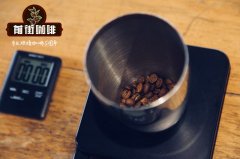
How to deal with freshly ground coffee beans _ two methods of freshly ground coffee _ brand recommendation of freshly ground coffee beans
Professional coffee knowledge exchange more coffee bean information please follow the coffee workshop (Wechat official account cafe_style) freshly ground coffee, as the name suggests, when you want to drink the coffee beans into powder, how much you need to grind how much each time, to ensure that each time is fresh. The freshly ground coffee is divided into two categories according to the region: 1. The production process of Italian concentrated Espresso: screening the roasting of coffee beans.
Related
- Beginners will see the "Coffee pull flower" guide!
- What is the difference between ice blog purified milk and ordinary milk coffee?
- Why is the Philippines the largest producer of crops in Liberia?
- For coffee extraction, should the fine powder be retained?
- How does extracted espresso fill pressed powder? How much strength does it take to press the powder?
- How to make jasmine cold extract coffee? Is the jasmine + latte good?
- Will this little toy really make the coffee taste better? How does Lily Drip affect coffee extraction?
- Will the action of slapping the filter cup also affect coffee extraction?
- What's the difference between powder-to-water ratio and powder-to-liquid ratio?
- What is the Ethiopian local species? What does it have to do with Heirloom native species?

